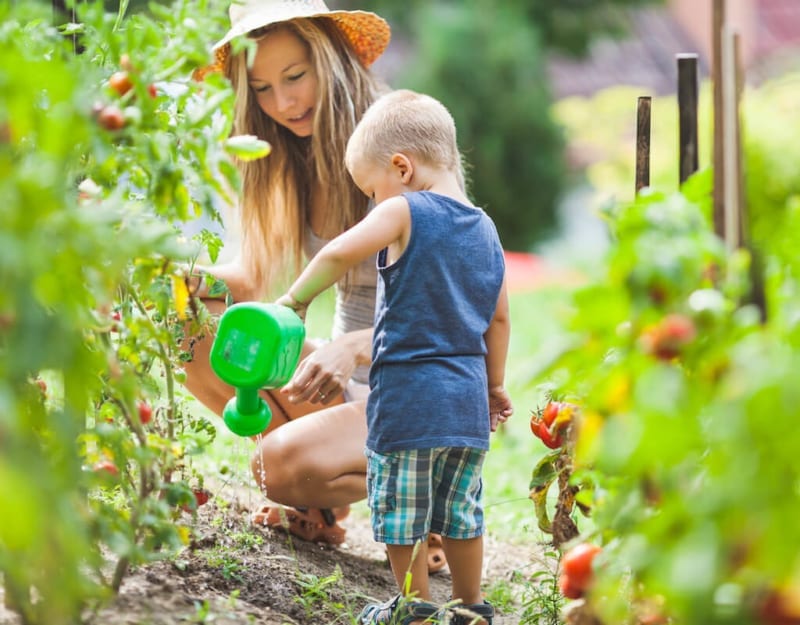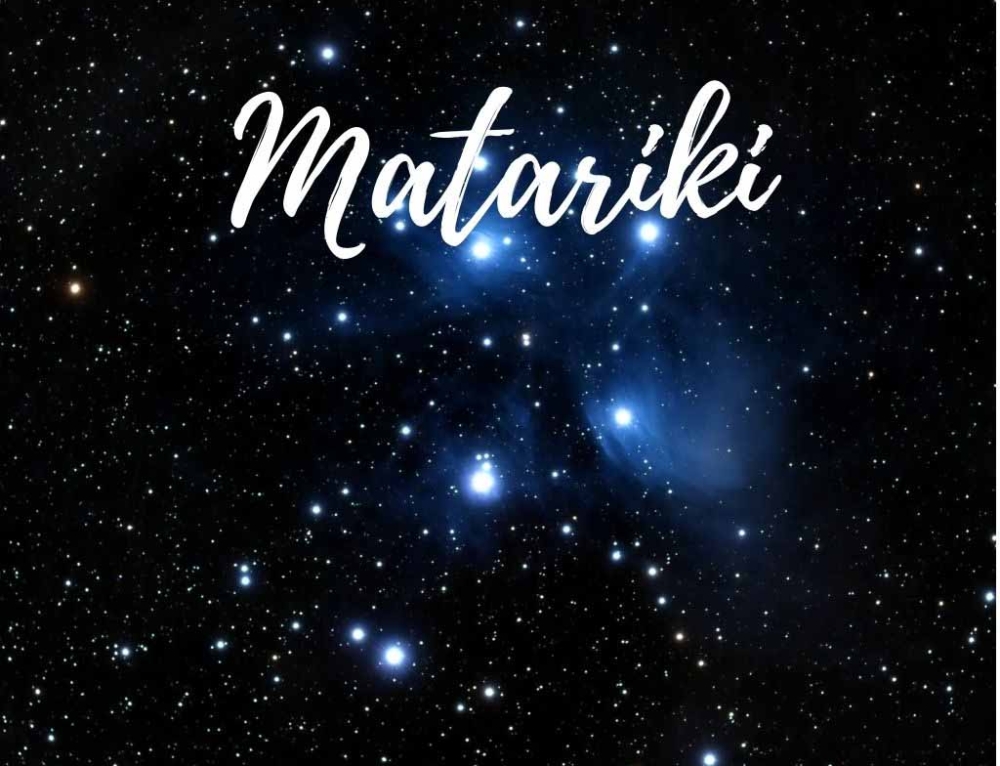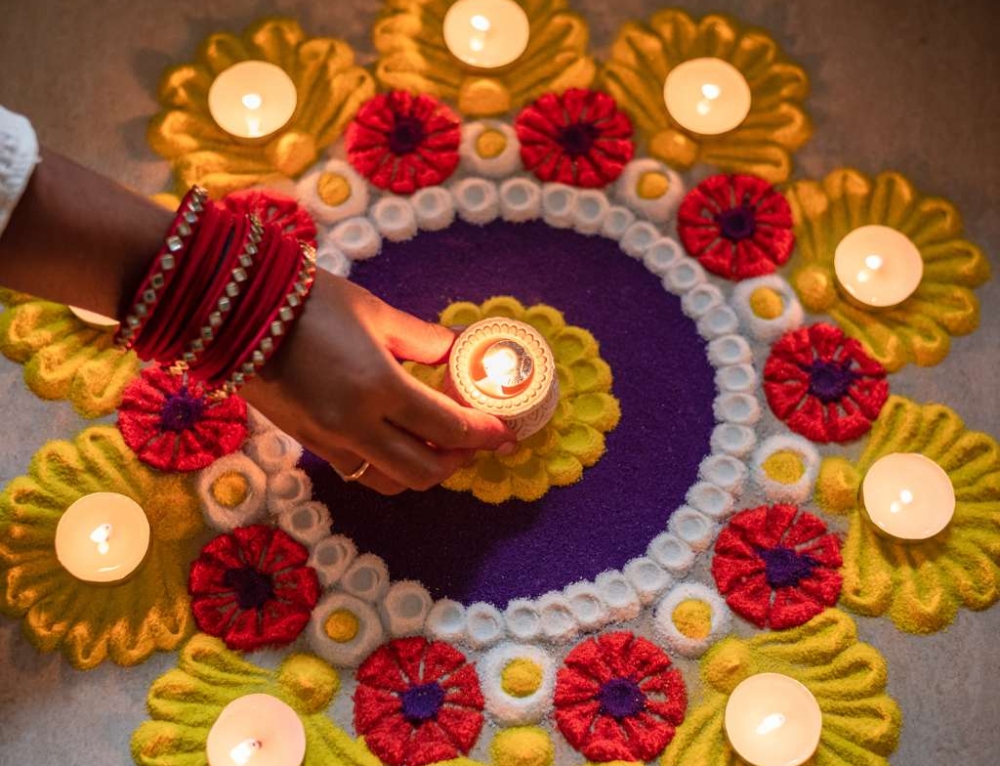Our children are becoming more aware of our environment, as well as our impact upon it.
Nurturing an interest in our environment encourages children to seek out more information about environmental factors and to learn about how to protect our one and only home.
Learning about the environment
The best way for kids to learn about the world around them is to use all of their senses to experience and appreciate the natural environment. Sharing those experiences with family is a tried and true way to encourage kids to participate more. Turns out, it’s not that uncool to hang out with mum and dad after all!
Parents play a key role in nurturing their child’s interest in the environment. However, it is more advantageous for children to be empowered to reach their own conclusions about our impact on our environment through frequent contact with the natural world and development of knowledge through learning experiences and participation. This helps them to develop connections and a sense of personal and civic responsibility. (Source: Effective approaches to connect children with nature)
Beyond getting our kids to not litter, to recycle and compost, and to reduce their waste, our job as parents is to foster our children’s role in the environment as an active stakeholder – making their learning experiences relevant to their age, the area they live in, and their interests.
Creative, spontaneous and unregulated play in neighbourhood places and traditional play environments such as streets, wild places and gardens, enables children to discover, explore and develop a personal understanding of the environment around them.
Source: Effective approaches to connect children with nature
Ways to improve environmental awareness
Here are some fun activities that will help to connect your child to their environment:
- Bush walks: Explore your local surroundings using walking trails and talk about the flora and fauna that you see. Not sure what something is? Take a photo and check it out online at inaturlist.nz when you get home.
- Play at the park: Take a walk to a local park and simply enjoy the outdoors.
- Have a nature scavenger hunt in your backyard: Arm the kids with a camera each and a list of things they need to find and take a photo of. Include things like ‘a yellow flower’, or ‘a spider’ for young kids, or for older ones, ‘a native tree’, or ‘a sparrow’.
- Get them into gardening: Give them a patch of the garden that is all theirs and encourage them to grow the veggies or herbs that they like to eat. Check if their is a local community garden and if so, spend some time together tending to the plants and discussing what can be made with the vegetables.
- Plant a tree: Select a native tree and plant it together either at home or ask for permission to do so at school.
- Beach clean-up: There are local groups that organise regular beach clean-ups. Take the kids along to help out with the added bonus of some time at the beach afterwards.
- Water challenge: Give the kids a 24 hour period in which they must identify as many ways as possible that their water usage around the home can be reduced. They will likely think of things like not leaving the tap on while they brush their teeth (and they will probably try “I could not shower”!) but will they think of the water needed to wash the bath towel they dumped on the floor instead of hanging up to dry, or the water needed to wash the third cup that they’ve used that day?!
- Geocaching: Billed as the world’s largest treasure hunt, geocaching is a great way to explore your local environment. Find out more here.
- Painted rocks: Similar to geocaching, the craze of painted rocks is explained here.
How do you like to get the kids involved in environmental awareness?
See more:
 Written by Julie Scanlon
Written by Julie Scanlon
Julie is Editor for Kidspot NZ and our MVP. Her hobbies include laughing uncontrollably at her own jokes, annoying her family by asking questions about movie plots, and never taking anything too seriously. She speaks a little Spanish and a lot of Yorkshire.
Favourite motto to live by: “It ain’t nothing but a thing”







I’m all about raising our children to be more environmentally conscious and I love this article! We are big on reducing items or use of items to have less going to landfill. Our scraps go to either the chickens or the compost and we grow a wide variety of things in our garden. I’ve taken our 9 year old geocaching using the app, which he loved, and also did the whole rock painting thing when our kids were into it. Loads of great things can be incorporated into every day life
I’m s grateful to be in this country where all these ideas are feasible and can be done easily. The only excuse would be just laziness Where I grew up, there were no bush walks, playgrounds that are accessible. Our air is polluted as well so it’s much healthier to stay indoors or in the malls. I always have to remind myself to never take our world for granted, this country is still lush and healthy and let’s take care of it.
Where I grew up, there were no bush walks, playgrounds that are accessible. Our air is polluted as well so it’s much healthier to stay indoors or in the malls. I always have to remind myself to never take our world for granted, this country is still lush and healthy and let’s take care of it.
We talk to our kids about the environment a lot! We love to get out in nature, the kids really enjoy finding and hiding painted rocks and we pick up any rubbish that we find. I am planning on having a garden at our house when we have got everything fixed up and have found space for one.
We do recycling and the kids help put it in the right bins as we don’t get rubbish collection in the country. We do a big vegetable garden so they help plant it and pick verges out as they grow. I also enforce never to throw rubbish out the window of the car.
I love the idea of learning through experience… i do believe our kids learn from watching us and doing what we do and also from actually getting stuck in themselves… making my daughter more mindful of her surroundings and what to observe where she needs to for opportunities to help and save the environment. Giving her the initiative is important.
Theres some cool ideas on here for environmental activities. I love the rock painting idea sounds awesome. I think the best way to raise environmental awareness is to take the kids on bush walks and keep those environments safe and free of rubbish on the pathways. Also would love to take them for a beach clean up too. But both are more summer weather sort of things so probably on these colder days rock painting it is.
We can’t do the gardening thing unfortunately as we live in an apartment in the middle of town, but we have houseplants and our daughter waters them, talks to them and looks after them. We tell her that anything that grows is alive and needs to be treated with respect. This includes little insects, spiders etc. If we find a spider or insect in the apartment, we carefully pick it up with cardboard or similar, inspect it, see how it works and then set it free outside in the back where there are some trees by the carpark. We also have a resident Tui in the tree out the back and often hear him calling and we have named him
We paintrocks and hide them, we go for walks along the beach – while there my eldest often likes to pick up the rubbish that is left lying round! In Christchurch we are very lucky to have lots ofbush walks we can do and parks we can go to ride our bikes through that are suitable for children of most ages. At our 4yr old’s kindergarten we have been helping to rebuild their gardens – both flower and vegetable garden. The kids come along and help pull the weeds out, dig some dirt about and then help plant the seeds or plants we have to go back in. The kids love then seeing the plants grow and using the vegetables in the kindy kitchen to make something – either scones or a vegetable stir fry have been some of the latest creations. Its fantastic! THe kids love it.